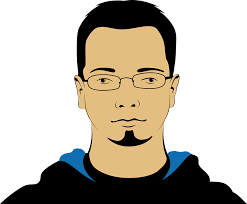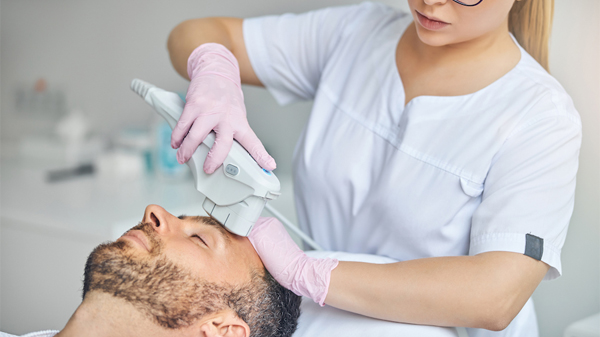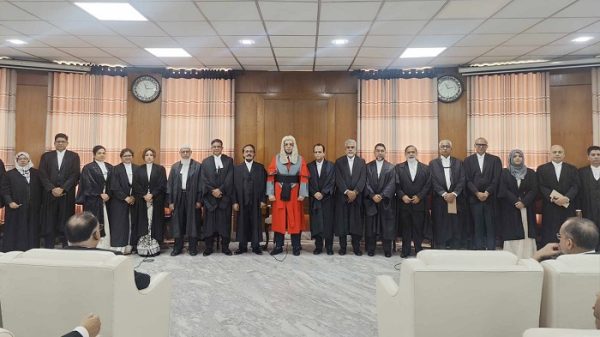Laser treatment for hair removal

- Update Time : Friday, 24 November, 2023, 02:16 pm
- 118 Time View

Online Desk: Laser can be applied to most body areas, e.g., legs, armpits, or even sensitive areas of the face such as cheeks, chin or upper lips, for hair removal purposes. But, if any of the skin is tattooed, laser therapy is a no-go. The same applies to eyelids and surrounding areas.
The objective is to damage the pigmented hair follicles with a specific wavelength of light energy, leading to their death. This clears up the targeted area of unwanted hair. The most crucial aspect is that the laser should attack the hair follicle pigment, not the skin pigments. That is why dermatologists suggest that the outcome is usually better if there is a contrast between hair and skin colour, e.g., light skin vs dark hair or vice versa. But even if there is no contrast, laser treatment can work if an expert provides it.
Laser therapy does not offer a permanent solution. But the results definitely last longer compared to the other available options. Some clients may not need further treatment for months or even years. Therefore, the maintenance is minimal. This is a big advantage over waxing, shaving or other traditional methods, as these require frequent maintenance.
Following laser therapy, sometimes hair regrows. But this new hair is thinner and lighter than its predecessor. There are other benefits, too. Laser treatment can help reduce the risk of ingrown hair. It could lower the likelihood of some skin diseases as well. One example is folliculitis, a kind of hair follicle inflammation.
Like any other procedure, laser has its side effects. Following the initial treatment, the affected area of the skin may look like a sunburn for a few days. Using moisturizers or cold compress may offer some comfort. There is also a probability of skin damage. As explained, the chances are more significant if the patient has little or no skin and hair colour contrast.
Swelling, blistering or redness in the treated area are quite common. These are transient and usually go away in a few days. More serious adverse effects include skin pigment damage, scarring or infections.
The most common side effects are mild discomfort in the treatment area afterwards. This can include swelling, redness and blistering. According to doctors, these are mild side effects and usually resolve in one to three days. There are some more serious possible side effects; however, these are rare in the hands of an experienced board-certified dermatologist.
The risk of side effects may be greater in dark-skinned people. Special attention should be paid to them. This does not mean that dark-skinned people cannot seek laser therapy. They could, and a well-qualified and trained professional can perform it with minimal issues.
One of the major downsides of laser treatment is the cost. It is quite expensive, so it is only affordable for some. If someone is going for it, they must remember the time factor. Laser therapy requires several sessions, usually six to nine, separated by sufficient time. Only after 2-3 sittings, the effects are visible.
















